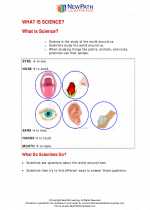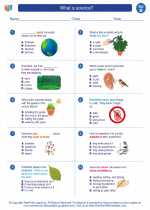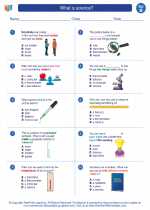Atoms
An atom is the smallest unit of matter that retains the properties of an element. It consists of a nucleus, which contains protons and neutrons, and a cloud of electrons that orbit the nucleus. Atoms are the building blocks of all matter and are composed of various combinations of protons, neutrons, and electrons.
Structure of an Atom
The nucleus of an atom is made up of positively charged protons and neutrally charged neutrons. The electrons, which are negatively charged, orbit the nucleus in energy levels or shells.
Protons
Protons have a positive charge and are located in the nucleus of an atom. The number of protons in an atom determines the element it is.
Neutrons
Neutrons have no charge and are also found in the nucleus of an atom. They help stabilize the nucleus and are crucial for the stability of the atom.
Electrons
Electrons have a negative charge and orbit the nucleus in specific energy levels. The number of electrons in an atom is equal to the number of protons, giving the atom a neutral charge overall.
Atomic Number and Mass Number
The atomic number of an element is the number of protons in its nucleus. The mass number is the total number of protons and neutrons in the nucleus. This helps in identifying and differentiating between different elements.
Study Guide
- What is an atom?
- Describe the structure of an atom.
- What are the charges of protons, neutrons, and electrons?
- Explain the concept of atomic number and mass number.
[Atoms] Related Worksheets and Study Guides:
.◂Science Worksheets and Study Guides Second Grade. What is science?

 Worksheet/Answer key
Worksheet/Answer key
 Worksheet/Answer key
Worksheet/Answer key
 Worksheet/Answer key
Worksheet/Answer key
 Vocabulary/Answer key
Vocabulary/Answer key
